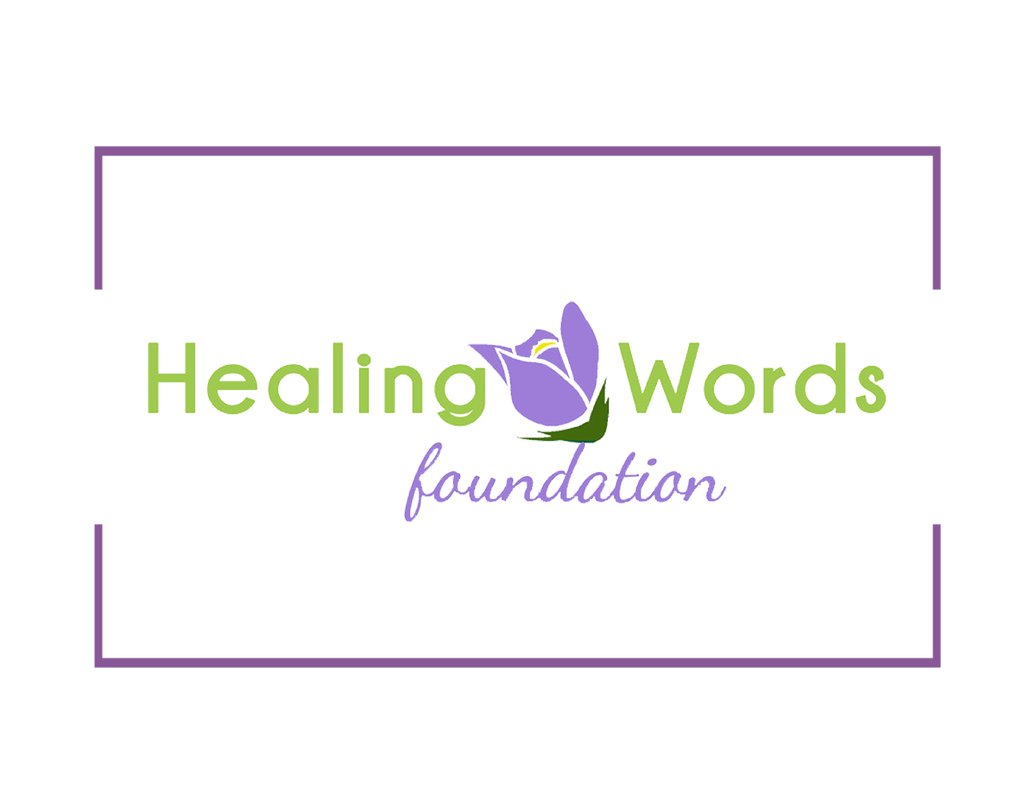|
Prairie Doc® Perceptive Week of October 30th, 2022
“The vital role that women play in men’s health” By Andrew Ellsworth, MD A hug when I come home after a long day. A smile that melts my heart. A song and a dance that are spontaneous and carefree. Those are some of the blessings that come to mind when I think about my daughter. Daughters can be a blessing in so many ways, as can sons of course. However, when it comes to taking care of families, women often play a vital role. Whether it is a young mom with her baby, a concerned wife encouraging her husband to go to the doctor, or a loving daughter preparing her elderly father another meal, women are important for men’s health. Certainly, men are important for the health and well being of children, spouses, and parents as well. However, women naturally tend to be caregivers and stewards of a family's health. Studies have shown that having a daughter increases their father’s life expectancy, while sons do not statistically contribute to paternal longevity. (Interestingly, having sons or daughters both decrease the life expectancy of their mothers, presumably due to the stress on the body.) Thus, if one wants to promote men’s health and awareness, one must reach the women! This November, you may see a few more mustaches than usual, for the annual “No-shave November” sometimes called “Movember” for the “M” from “mustache”, and intended to raise awareness of men’s health issues such as prostate cancer, testicular cancer, and suicide. Oftentimes the key to detecting and treating cancer is to catch it early. A preventative physical exam with a primary care provider can allow time to identify a person’s health risk factors and decide on a strategy for screening and detecting disease. This wellness visit should also promote healthy efforts at diet and exercise that may prevent some diseases altogether. And who is it that often encourages men to get their preventative physical and see the doctor? It’s the mothers, wives, and daughters! For this “Movember,” I want to give a “thank you” to the women and anyone taking care of the men in their life. Thank you for encouraging them to get their health checked out and seeking help for mental illness. Thank you for being caregivers. Thank you for being a blessing and saving lives. Prairie Doc® Perspective for the week of October 23, 2022
Germ theory, antibiotics, and our 21st century challenge By Kelly Evans-Hullinger, M.D. As a lover of the history of science and medicine, one of my favorite topics to read and learn about is the discovery of germ theory. Up until the mid to late 1800’s, diseases had numerous other theories, and the theory of miasma – meaning “bad air” – dominated as an explanation for cholera, plague, and other infectious outbreaks. Bacteria themselves were seen and discovered with the development of the first microscopes in the 1600’s. Dutch scientist Antonie Van Leeuwenhoek is credited as the father of microbiology, having created the early versions of our modern microscopes. Though he saw microbes with his inventions, the idea that these tiny organisms caused disease was yet to be discovered. Germ theory, though it had beginnings smattered in earlier times, really did not take off until discoveries by 19th century thinkers including Louis Pasteur, Joseph Lister, and Robert Koch. This was an exciting time to be a biologist, and in my opinion these careers are all worthy of blockbuster movies. By the early 1900’s an enormous shift had occurred, and the idea that microorganisms could cause disease was well accepted. Initially the discovery of germ theory was most useful in prevention – sanitation of water and food went a long way toward decreasing outbreaks of previously common diseases. But another huge change occurred in 1928 with the discovery of penicillin. Penicillin was a chemical compound secreted by a type of mold which Alexander Fleming found killed bacteria. By the mid century many other antibiotics were discovered and ultimately used to treat bacterial infections. Antibiotics are certainly one of the greatest advancements in the history of medicine and have saved countless lives worldwide. However, as our ability to treat them has advanced, bacteria have continued to evolve. By numerous processes some types of bacteria have changed in ways to evade once-effective antibiotics. At the same time, development of new types of antibiotics have slowed to a trickle in the 21st century. Life-threatening bacterial infections for which we have no or limited ability to treat are a real concern of experts in infectious disease. The challenge of our era, I think, is mitigating the danger posed by antibiotic-resistant infections. The most important step we can all take is to reduce the use of antibacterial medication when it is not necessary. Challenges for our hospital teams include looking critically every day to see if and which antibiotics can safely be stopped in hospitalized patients. Preserving the efficacy of this precious resource will be the work of all of us. Prairie Doc Perspective Week of October 16th, 2022
Caring for the Caregiver By Jill Kruse, DO Every day in the clinic or hospital I meet extraordinary caregivers. They are the ones who have gone above and beyond the call of duty; sometimes for years at a time. When you ask them how they do it, they shrug and smile. I am not talking about any doctor, nurse, or therapist. I am referring to those who care for and look after their elderly friends and family members. This can be a spouse, adult child, adult grandchild, neighbor, or even a good friend. There are many reasons that people volunteer to be caregivers. Spouses can often not imagine living apart from each other. Adult children and grandchildren may want to return the care that they were given growing up. Neighbors often have a relationship of caring that spans years. Whatever the reason, these people answered the call for help. Those who have stepped up to care for another person deserve our praise and admiration. What they also need and deserve is our help and support. Caring for another person around the clock can be exhausting. Chronic health conditions, like dementia, incontinence issues, or balance issues, can further complicate that care. Caring for someone else can cause a strain in relationships between spouses, siblings, and extended family. I have seen caregivers ignore their own health and refuse admission to the hospital for themselves. They do this because they fear that there will be no one to care for their loved one if they are not there. The responsibility for caring for another person can affect all aspects of life for the caregiver. Jobs, school, and vacations can be challenging when taking on a full time caregiving role. Even a trip to the grocery store is complicated when caring for someone who needs constant supervision to be safe. There are resources to help caregivers, but finding them can be difficult. Many caregivers do not know where to look for help. Adult daycare or respite care for weekends or nights can be difficult to find or prohibitively expensive. There are several national organizations with resources such as AARP, the Alzheimer’s Association, Family Caregiver Alliance, and the National Council on Aging. These organizations all have websites with great tips that can offer support for caregivers. Do not forget to reach out to your family member’s primary care physician or clinic care coordinator. They may be able to help you reach out to local resources and support groups. Know that caregivers should never do this all alone. We want to help and support the care you give. The goal is keeping everyone happy, healthy and well cared for – including the caregiver. Thank you for all you do. How can we help? Prairie Doc® Perspective for the week of October 9th, 2022
Kids in crisis By Debra Johnston, M.D. It’s tempting to blame the pandemic for the dizzying rates of mental health concerns among American teens. We are all familiar with the impact Covid is having on our lives, and the disruption it continues to cause in the lives of young people. Kids witnessed vehement disagreements between neighbors, friends, and family over the decisions that had to be made in response to the pandemic, and felt the stress at home as parents faced economic and work changes, all without many of their usual support systems. However, rates of mental illness among children and adolescents have been steadily rising throughout the last decade. In 2019, nearly 20% of deaths in the 10-24 age group were suicides and nearly 16% of high schoolers had made a suicide plan. Even back in 2019, more than one in three teens suffered persistent feelings of sadness or hopelessness. Covid may have thrown gasoline on this particular fire, but make no mistake, the fire was already burning. Some groups have been disproportionately affected by this crisis, as with so many others. Risk is increased by factors that include, but are not limited to, gender, race, socioeconomic status, gender identity, sexual orientation, social supports, and family history. I don’t think it has ever been easy to be a teenager. As the brain matures it starts to wrestle with a more nuanced and sophisticated understanding of the world, and of the self. Today’s teenagers face nearly inescapable social forces, from the carefully curated lives influencers display on social media, to anonymous bullying from strangers on the internet, to the always-on news cycle that shows them violence and disaster 24 hours a day. However, there is a lot more speculation on what is behind the rise in mental distress in our teens than there is actual science. Fortunately, there is some research to guide us moving forward. As always, prevention is key. We can bring wellness initiatives to young people, so they can build skills to help them navigate difficult situations and manage challenging emotions. We can protect them from bullying and discrimination. Parents can attend to their own mental health and roll model healthy self care. We can fund our schools adequately to be the safety nets we expect them to be for our children and families. Those who are already facing moderate or severe mental health issues, whether children, teens, or adults, need treatment. Access to that treatment needs to improve, and we as a society need to reject the stigma around seeking those services. Mental health treatment is as essential as cancer treatment. There is no quick fix for this challenge, but our youth need us to rise to meet it. |
Archives
July 2024
Categories |
 RSS Feed
RSS Feed


